
ANIMAL VENOM
PRACTITIONER ASSOCIATION
The Venom Journey:
Transformation of Growth, Development & Wellness
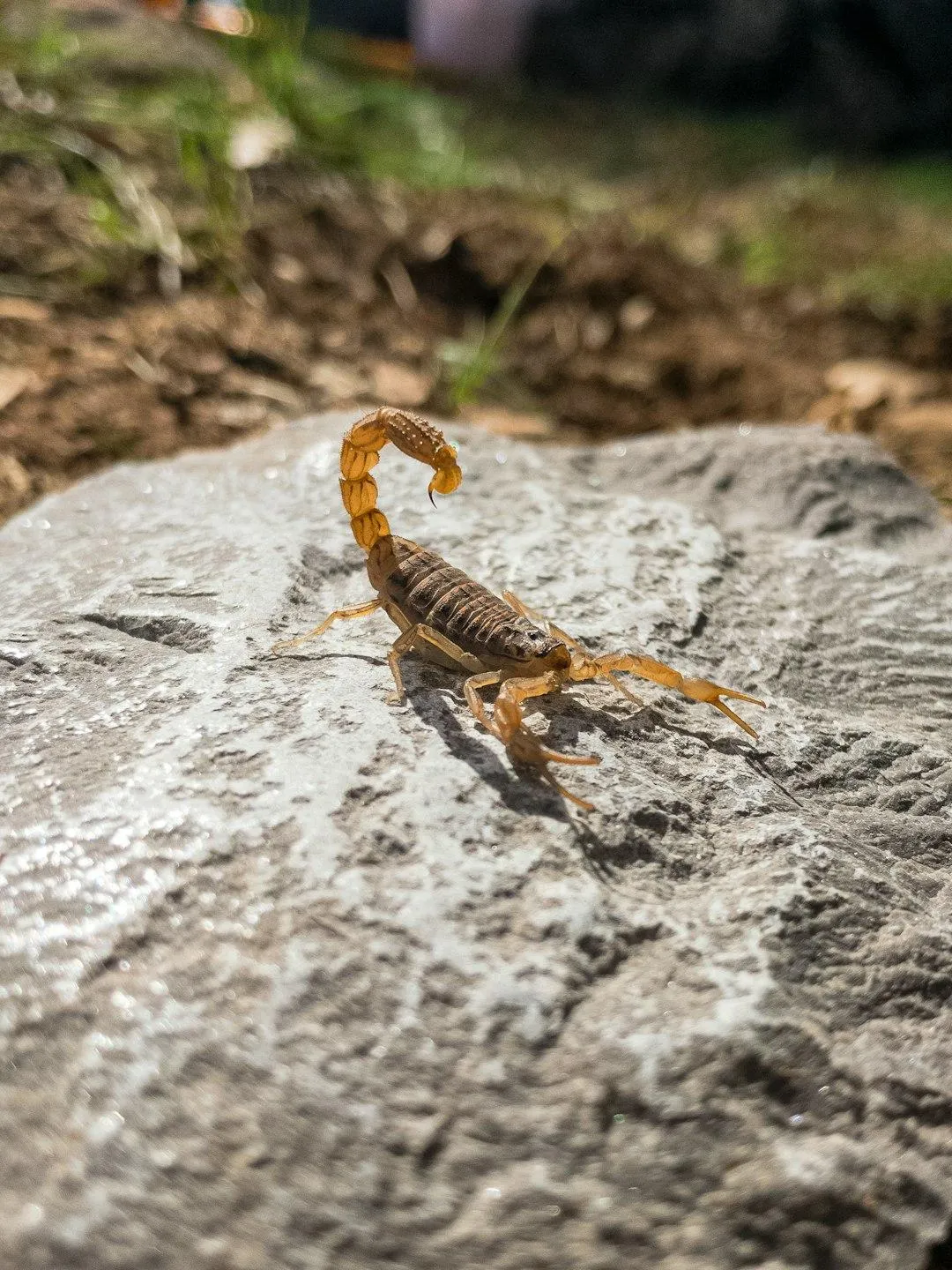
What is AVPA?
The Animal Venom Practitioner Association (AVPA) is a group of self-regulated practitioners who use animal venoms and frog secretions as a transformative catalyst for their clients and communities to support personal well-being, character growth and development and spirituality purposes.
Not one person, venom or practitioner are alike, so it is our mission to promote and bring awareness to the uses of venom, ethical sourcing, what to expect and connect you with resources and the growing network of practitioners.
While the use of venom dates back to earliest civilizations, the process of research and processing into pharmaceutical applications can be a lengthy operation with limitations. Approved drugs must be produced through regulatory agencies who face difficulties such as intellectual property disputes, changes in the program leadership, lack of funding, among other business decisions and even the acquisitions of venom and frog secretions.(1)
As of 2020, there are 11 approved venom-derived pharmaceutical drugs — most of which are synthetic. Animal Venom Practitioners do not offer medical treatments but rather honor the traditional and evolving uses of venom for those who are personally called to these practices.
The Power and Diversity of Venom
The influence of venom — and its many traditional applications — varies based on the type and amount used. Historically, venom has played roles in hunting, warfare, the development of antivenom, spiritual ceremonies, and alternative wellness practices.
Many venoms contain naturally occurring peptides and enzymes that have intrigued scientists and healers alike. In East Asia, bee venom has long been included in traditional practices. In classical Chinese medicine, scorpion venom has been explored for a range of uses. Mithradates VI of Pontus, a historical expert in poisons, was said to have used steppe viper venom during wartime to support wound care. (2)
In the 20th century, scientific interest in venom expanded, especially in experimental research. Animal studies have examined venom compounds for their effects on microbial activity, inflammation, and pain, though most remain in early-phase investigation. (2)
Documented uses span across species including scorpions, snails, snakes, lizards, frogs, bees, spiders, and more. This modality offers a unique and evolving avenue for those drawn to ancient traditions and alternative personal exploration.
One notable example includes captopril, a drug derived from a peptide found in the venom of the South American pit viper (Bothrops jararaca), which influenced hypertension research in the 1980s. (3)
**Oliveira, A.L., Viegas, M.F., da Silva, S.L. et al. The chemistry of snake venom and its medicinal potential. Nat Rev Chem 6, 451–469 (2022).
https://doi.org/10.1038/s41570-022-00393-7
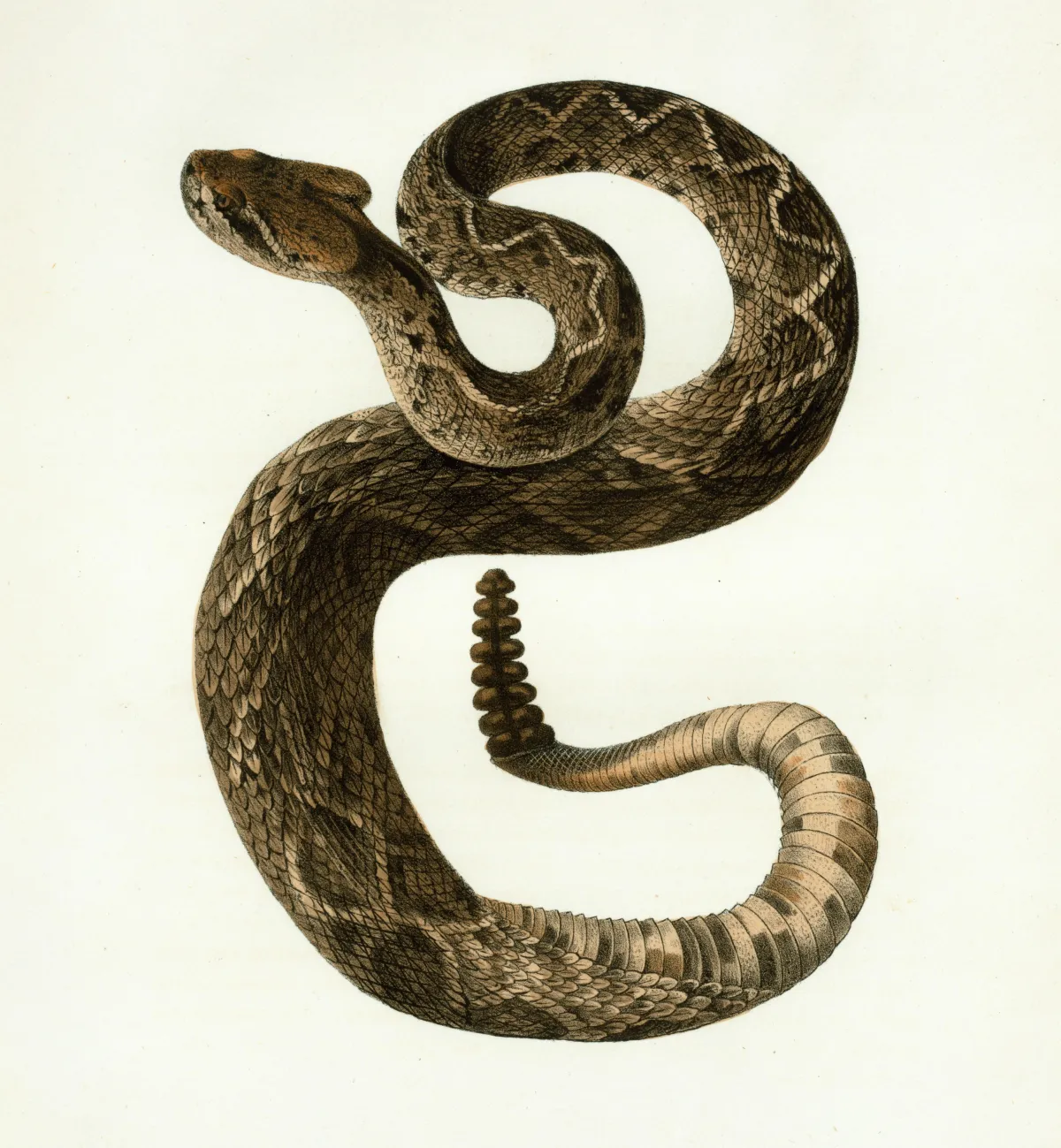
"It is possible that the product of the serpent may be everything needed for the healing of man."
- James Taylor Kent,
Physician and Homeopathist
Safety, Training, and Considerations
Commitment to Responsible Venom Use
At the heart of venom practice is a commitment to safety, integrity, and mutual respect — for both client and animal. In ceremonial or transformational settings, venom is administered by trained practitioners who follow clear safety protocols. Practitioners aligned with AVPA value ethical sourcing and maintain respectful relationships with venom extractors. Because venom production is a significant metabolic process for the animal, extraction is limited to mature animals and performed with care, typically only once per year.
Client Experience and Informed Consent
Practitioners thoroughly discuss the client’s overall health, the administration process, and the ceremonial setting. Clients are encouraged to ask questions and are required to give informed consent. These sessions are elective, self-directed, and oriented toward personal growth or spiritual exploration.
Unlike conventional medical visits, venom sessions are not intended to diagnose or treat symptoms. Each experience is unique and results vary depending on personal intention, physical state, and integration practices. Some clients choose to track their own health trends through lab work, though this is done independently and outside the scope of the session.
Practitioner Training & Risk Minimization
Practitioners undergo in-depth training that includes toxin literacy, dosing, self-administration, ceremony guidance, client safety, risk response, and integration support. Education also includes toxicology research, traditional frameworks, and review of prior protocols to uphold safe and informed practice.
Important Considerations
Allergies: Individuals with known severe allergies to bee venom, scorpion venom, or similar should consult their practitioner about alternative approaches.
Pregnancy: Venom-based sessions are generally not advised for pregnant individuals.
Medical Care: Clients are asked to disclose any ongoing medical treatments, medications, or supplements to help avoid contraindications.
DISCLAIMER:
VENOM AND TOXIN TRANSFORMATION IS NOT A FORM OF MEDICINE. THIS IS NOT MEDICAL ADVICE, A MEDICAL PRACTICE, OR A SUBSTITUTE FOR MEDICAL CARE. AVPA AND ITS PRACTITIONERS DO NOT DIAGNOSE, TREAT, OR CURE DISEASE. PARTICIPANTS ARE ENCOURAGED TO CONDUCT THEIR OWN RESEARCH AND UNDERSTAND THAT TOXIN WORK IS ENTIRELY ELECTIVE AND PERSONAL.
Finding Your Practitioner
What to Look For
When considering a venom or toxin-based experience, it’s important to be discerning. Not all practitioners are trained equally, and not all venom products are handled with the care these substances require.
Ask About Training & Experience: Inquire about where your practitioner trained, how long they’ve been practicing, and their experience with various venoms or secretions. A well-trained practitioner should be transparent about their background and approach.
Ask About Sourcing: Toxins such as bee venom and Kambo are sometimes sold online in forms that may be improperly diluted, mishandled, or synthetically altered. Practitioners affiliated with AVPA are encouraged to work directly with ethical and experienced extractors, ensuring quality and safe handling practices.
Ceremony Preparation: Kambo sessions are typically held in a fasted and hydrated state. However, over-hydration is the leading cause of adverse reactions. It's important that your practitioner clearly explains hydration protocols and ceremony preparation guidelines.
Venom Storage Matters: Most venoms require refrigeration from the point of extraction and are kept cold until use. Others are lyophilized (freeze-dried) and reconstituted before administration. Exposure to high heat can compromise venom integrity. For this reason, consider the environment and climate where your session will take place, as well as how the venom is transported and stored.
Choosing a qualified and transparent practitioner ensures a safer and more intentional experience.
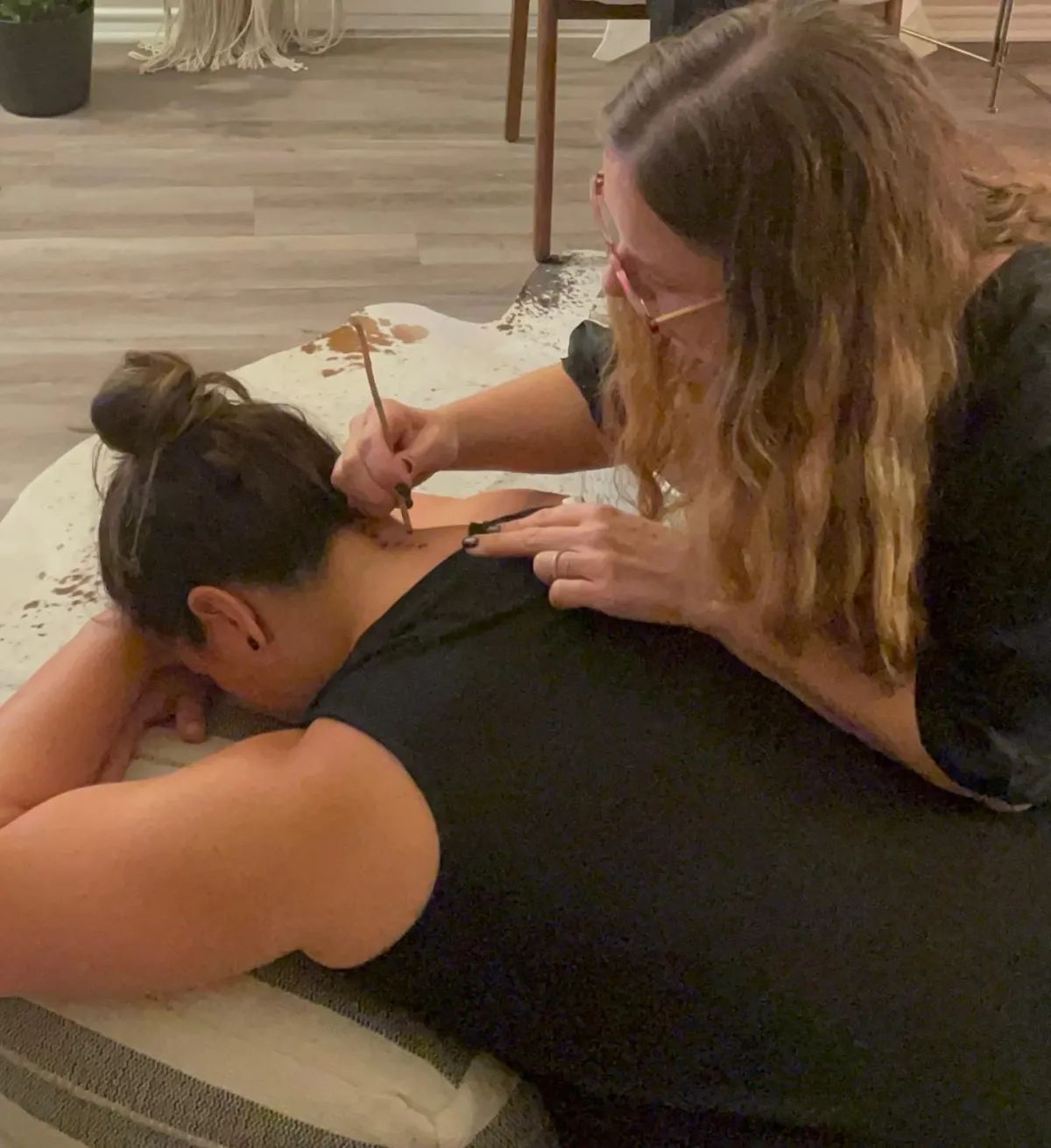
Testimonials
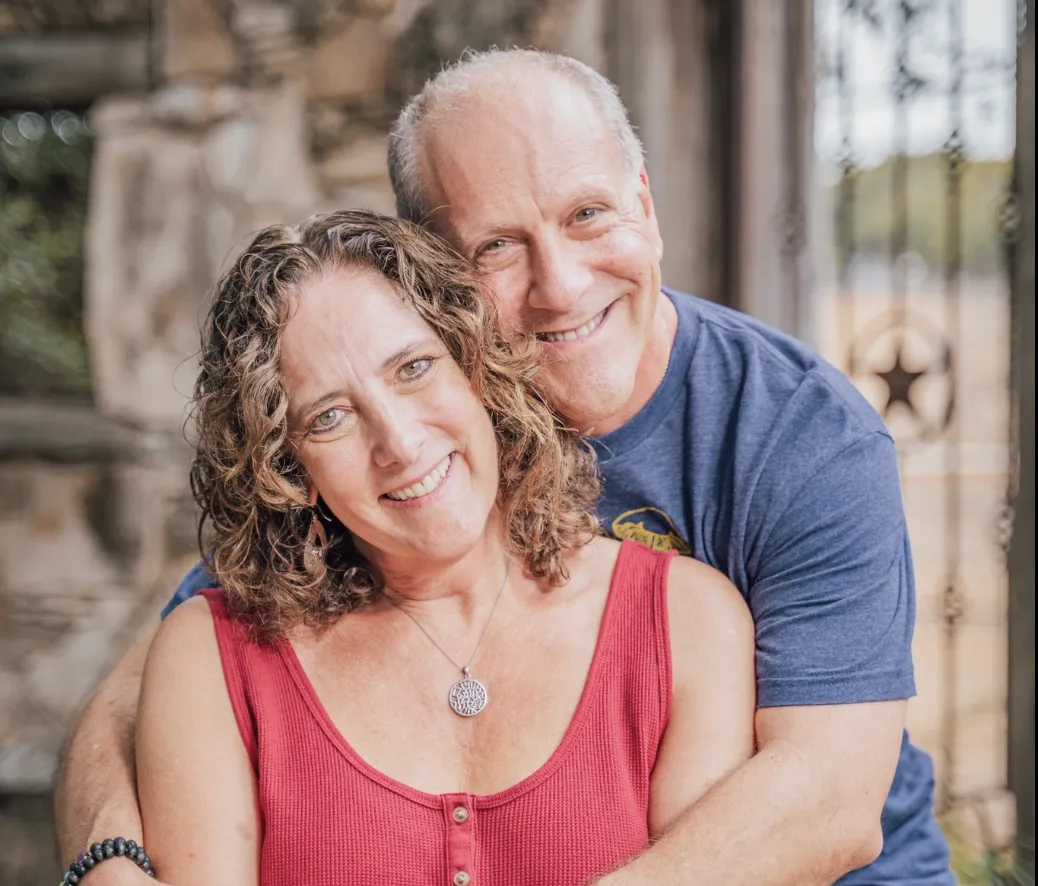
“For Leslye, the ceremony addressed inflammation that was slowing her recovery from an injury. After the first dose, her pain and discomfort disappeared. With two additional doses, her night sweats vanished, something that she had struggled with for years and her sleep improved significantly.
Outside of some light discomfort when the gates were created to allow absorption of the venom, the process was painless.”
-Couple from Austin, Texas
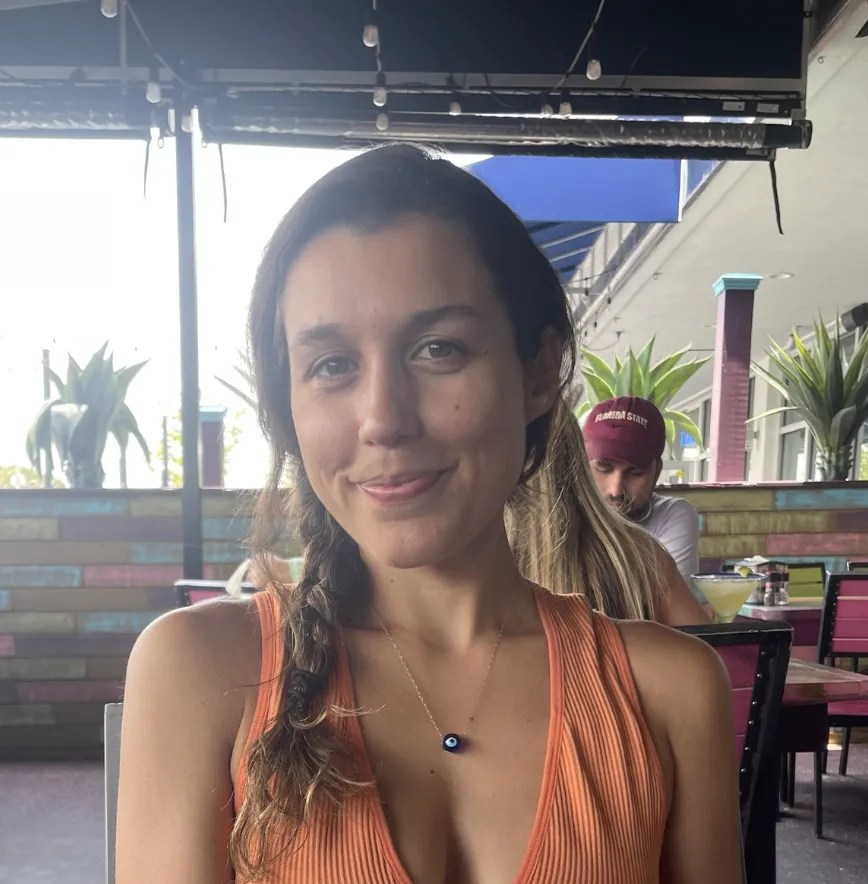
“In May 2023, I developed a lump in my throat. I was depressed and on constant alert in a house I felt unsafe in. The lump was there for four months before I started venom dosing.
That first week, the lump started to dissipate. With combined venom and integration coaching, I moved out of the house. I continued venom and kambo and the lump was gone by 2024."
-Venom Administrator
Jax, FL

“When I was in the military and going abroad, we'd be given shots. As a result, I had skin tags that grew on my body in uncomfortable places. For 20 years, I had them because the only available treatments may cause permanent damage to that body part.
I did 1 gate of kambo, the next morning I went in the shower and saw my skin tags were completely gone."
-Venom Administrator
Detroit, Michigan